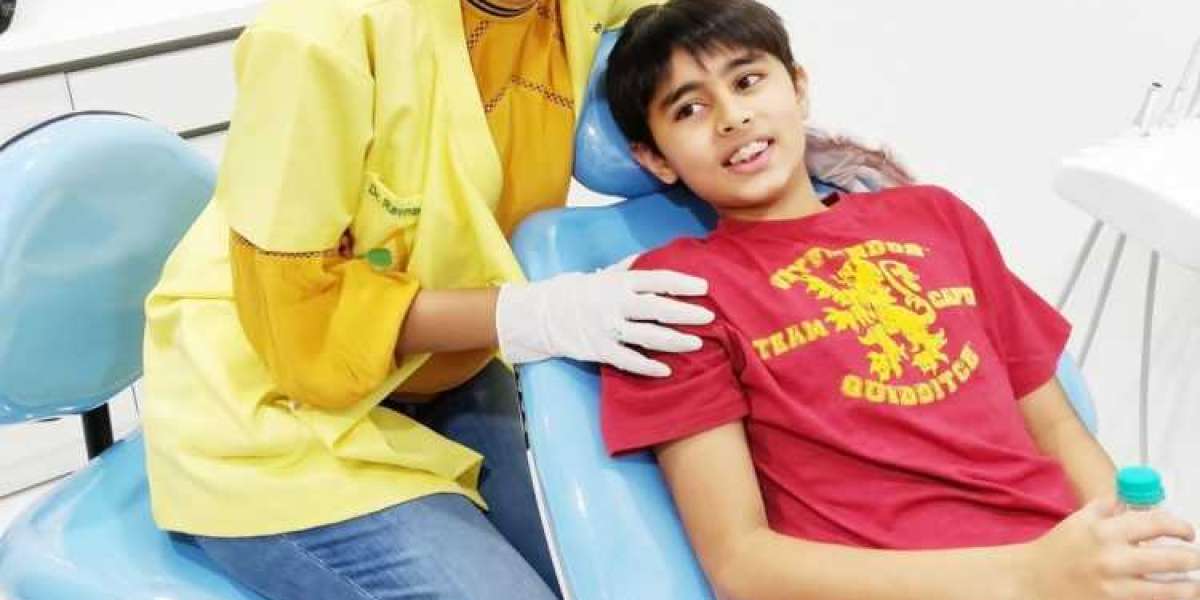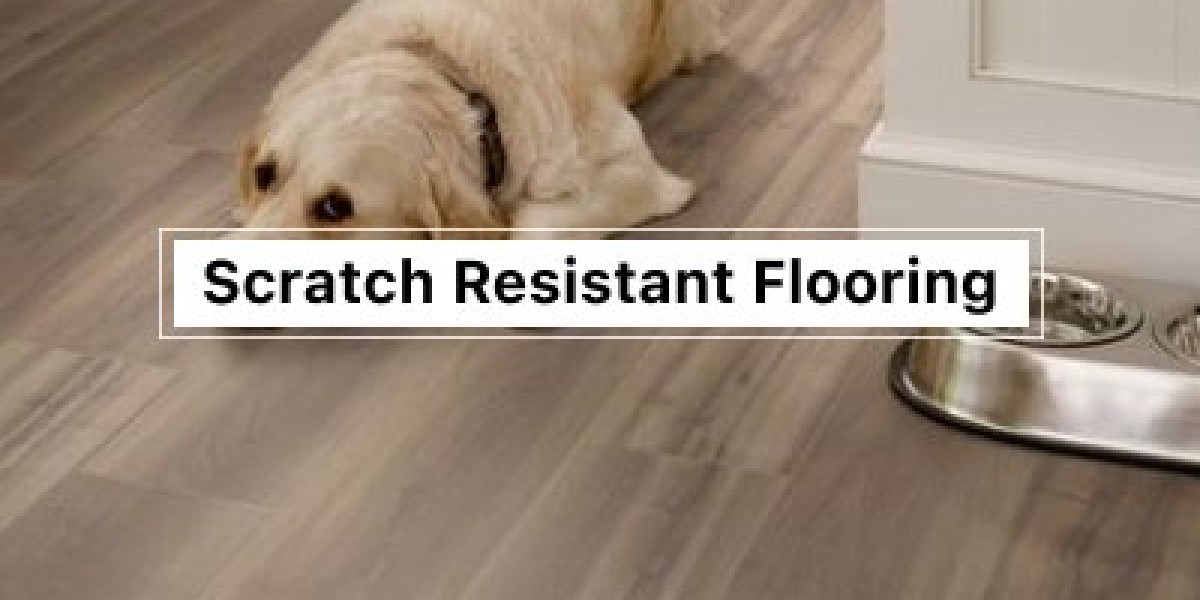Which one to choose? Clear aligners or braces on the teeth to achieve a healthy smile? If transparent aligners are the solution, one is not alone. The use of clear aligners to realign or straighten teeth has grown in popularity during the past 20 years. The oldest and most well-known clear aligner device is Invisalign, which is available in Gurgaon at Aspen Dental.
Whether to choose aligners or braces, one should make an informed decision with the assistance of an expert orthodontist after doing self-research and asking questions. The kind of orthodontic problem one needs to get fixed determines the sort of orthodontic treatment that is ideal for one.
To provide a clearer perspective, in this article, Dr. Ravneet Kaur, the best orthodontist in Gurgaon who practices at Aspen Dental Clinic, has provided detailed insights on the advantages, disadvantages, and effectiveness of Invisalign aligners. If one wants to straighten their teeth but is unsure which route to go, this article can help them learn about the pros and cons of Invisalign.
Although there are now other options for braces, like ceramic and lingual (behind the teeth) braces, they are still typically made of metal and affixed to the teeth's surface. Metal wires and elastic bands are fastened to the brackets to move the teeth and address orthodontic issues.
Invisalign treatment uses clear, plastic aligners. Each patient's aligners are personalized by taking a 3D image of their mouth. The teeth are then moved with the help of specially designed aligners until they are in the ideal position.
Benefits of Using Invisalign
Here are a few benefits of Invisalign:
- Better Looking With Invisalign
The fact that the retainers are almost undetectable is Invisalign's main advantage. Adult patients like that their coworkers and customers cannot tell they are receiving orthodontic treatment and tend to opt for Invisalign aligners. Teenagers that are insecure do too.
With Invisalign, one avoids a period where people tease one about their new braces. One won't need to worry about how the smile looks in pictures since all people will notice in them is how much better your grin is getting.
- Brushing and Flossing The Teeth Is Simpler
One will take off the Invisalign aligners when eating, drinking, and brushing teeth. Patients don't need to worry about anything on their teeth, so they may keep brushing and flossing normally.
- Less Consultations Are Necessary
A large portion of the orthodontist's work with Invisalign is completed before one wears the aligners. All of the personalized retainers are made in a laboratory using a 3D scan of the teeth. According to the orthodontist's recommendations, one should swap out the various pairs of retainers. ‘Visits to the orthodontist are infrequent and only to monitor development as there is no need for corrections’, says Dr. Ravneet Kaur. Less time away from work means fewer orthodontic appointments.
- Wearable with Comfort
Are braces or Invisalign more painful? One may be thinking. Similar to traditional braces, moving teeth with Invisalign can be uncomfortable and painful. However, Invisalign also results in fewer mouth and gum issues. Contrary to braces, Invisalign retainers are custom-made for each patient's mouth out of a specific plastic, so there are usually no salt washes or cuts to deal with.
- Less Potential Issues
Many people with conventional braces have tales of a bracket coming loose or a wire snapping, necessitating an urgent trip to the orthodontist. That potential issue won't arise if one uses clear aligners.
As everything has its pros and cons. It’s similar to Invisalign aligners. Dr. Ravneet Kaur, the best Invisalign dentist in Gurgaon, has listed a few disadvantages of Invisalign.
Cons of Invisalign:
- Less Successful with Complex Problems. According to research, Invisalign appears to work better for patients whose teeth only need specific types of movement. The doctor might advise a different course of action for more complicated problems. Invisalign might not be the best choice if a person has bridgework on some teeth.
- Demands Adherence. One must use Invisalign for 20 to 22 hours per day in order to reap the full benefits. It might not be the best option for one if they believe they will be tempted to sneak them out more frequently.
- Remove When Eating or Drinking. One needs to remove the aligners before eating or drinking. If one doesn't, one might consume food or liquids. Cavities may result from the bacteria that grows along the teeth or gums gum line as a result of this. Additionally, they may absorb liquid, which could stain both the aligners and the teeth.
- Food Restrictions. When the aligner is taken out, one might experience tooth pain, which may restrict their food options. Particularly hard foods ought to be avoided.
What Could Impact the Effectiveness of Invisalign?
For Invisalign to work correctly, the aligners must be worn for 20 to 22 hours every day.
The only time one is allowed to remove the aligners is:
- While eating or drinking,
- Brushing or flossing the teeth
- Cleaning the aligners
The effectiveness of the aligners majorly depends on the below-mentioned factors:
- Cleaning the aligners requires attention. The plastic could distort if one uses really hot water. This may change how the aligners fit, as well as the progress and efficiency of the treatment.
- How well Invisalign works for a person may also depend on how complicated their orthodontic difficulties are. If one has more complex spacing or biting problems, this treatment could take longer to take effect.
- Age is another factor that could be at play. The age of the wearer may have an impact on tooth mobility, according to a study involving 30 volunteers, says Dr. Ravneet Kaur.
- The study found that between the ages of 35 and 50, the rate of tooth displacement marginally increases. This suggests that Invisalign might work better for people in this age bracket. The same study also discovered that women's tooth movement did not reduce between the ages of 50 and 70 in the same manner as men's tooth movement did.
Doctor’s Note
Crowding and spacing difficulties, as well as some mild and moderate biting issues, can all be treated with Invisalign. It may be a good option for one. One should talk with an experienced orthodontist or dentist about the teeth, what type of orthodontic treatment one may need, and whether Invisalign is a good option for them or not. Because a well-qualified doctor will only be able to formulate an effective treatment after examining the patient thoroughly.
One can get an expert consultation at Aspen Dental, the best dental clinic in Gurgaon, by the leading orthodontist Dr. Ravneet Kaur. The expert doctor has an overall 13 years of experience in Orthodontics and Dentofacial Orthopaedics. Dr. Ravneet Kaur is inspired by her passion for enhancing patients' confidence and her appreciation of natural beauty to create smiles and bites that are healthy for life. She thinks that one can build relationships by making people smile.


